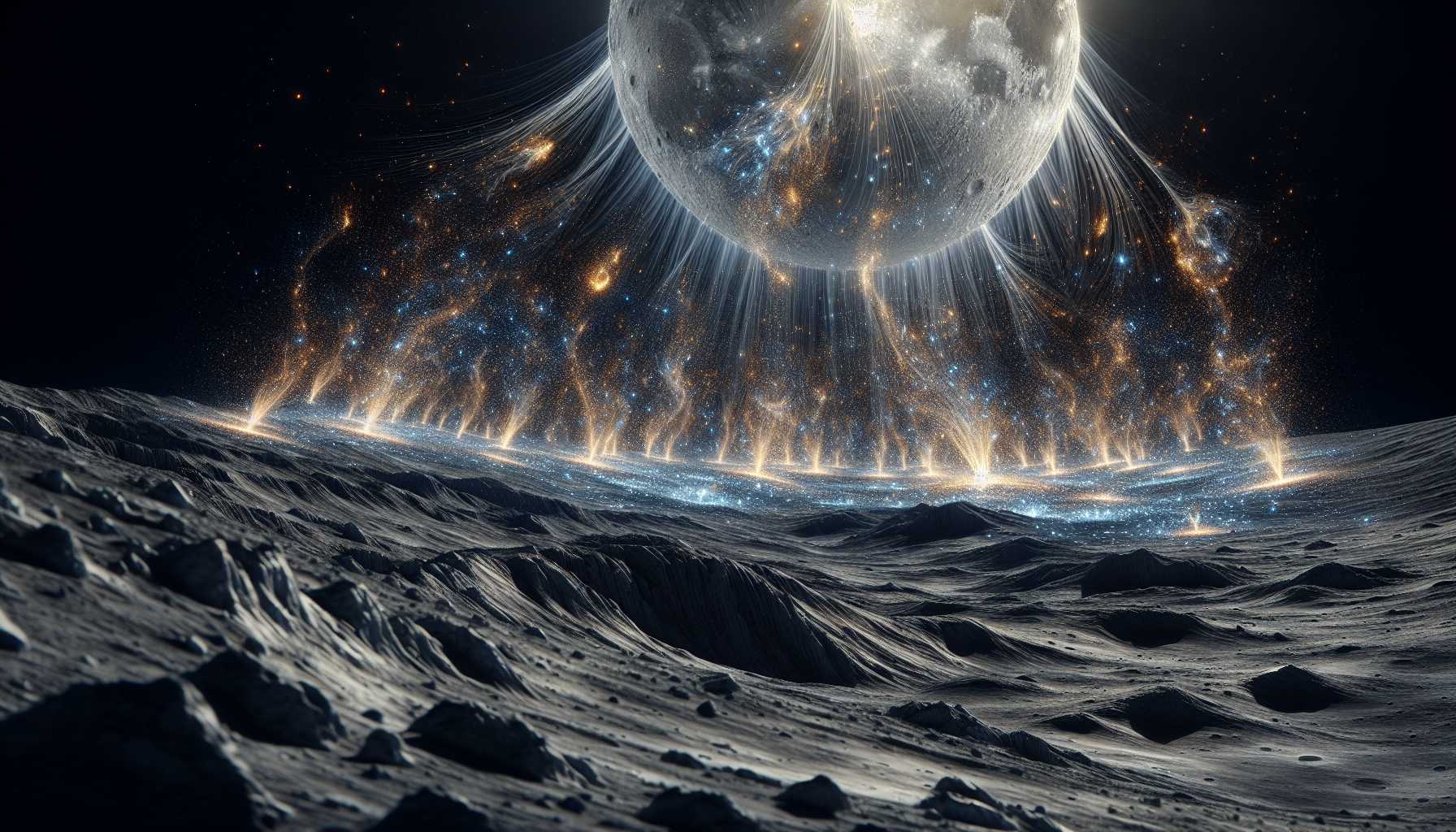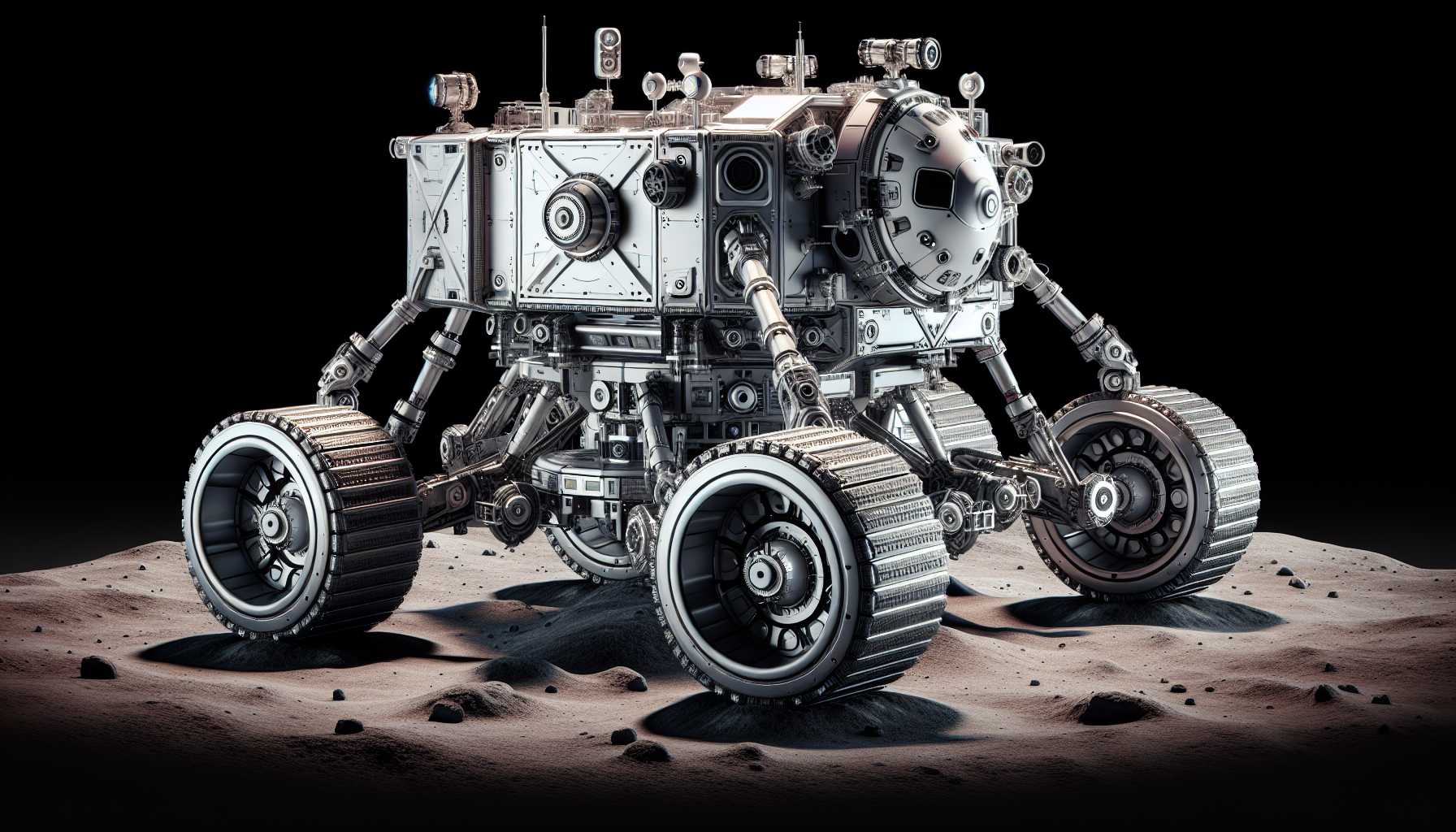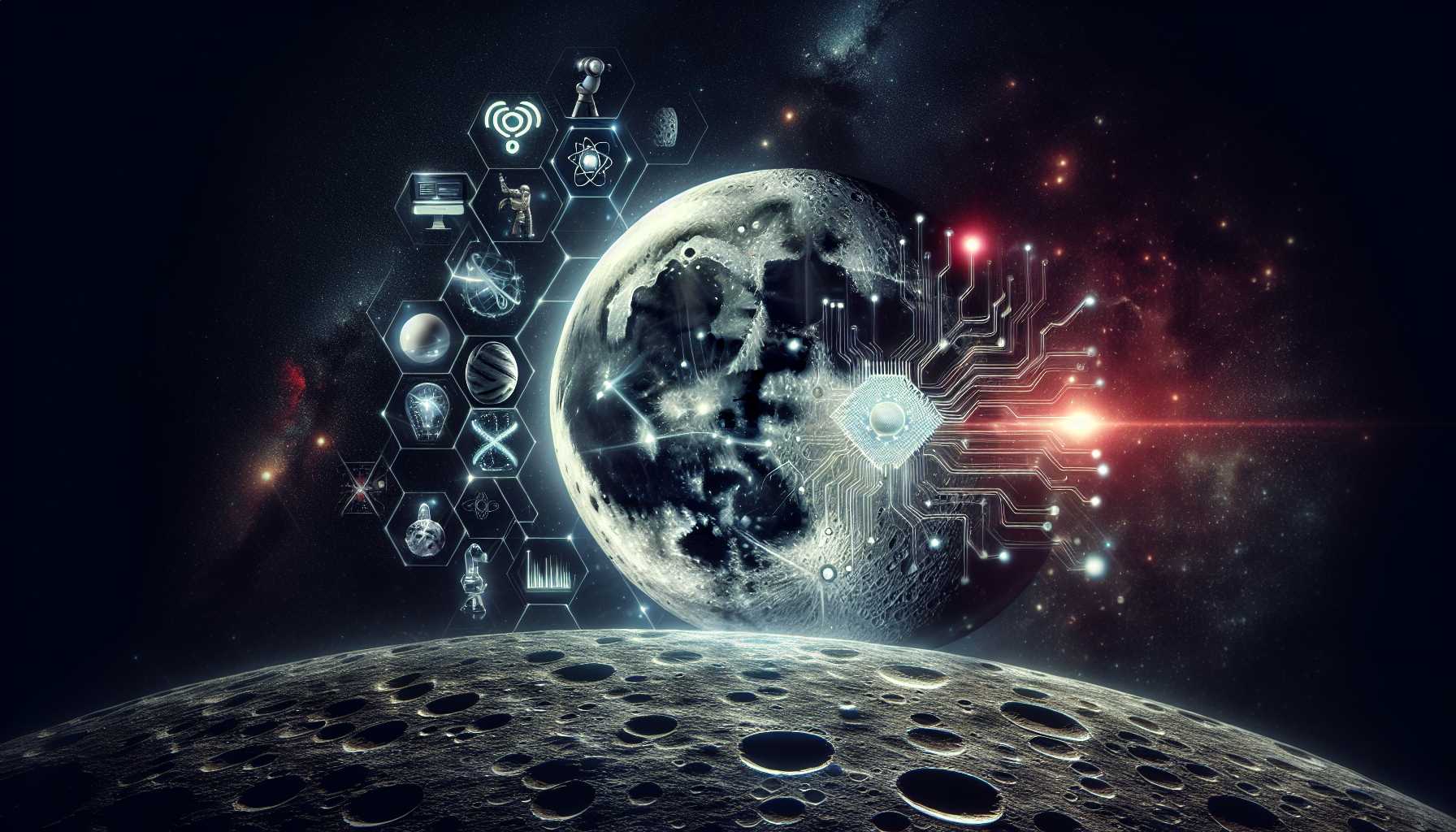The Moon: A New Frontier for Clean Energy and Innovation
Imagine a future where the most valuable resource isn’t found beneath the earth’s crust, but across the cold, dusty plains of the Moon. That’s the vision of a daring new chapter in space exploration, and it’s one that’s increasingly capturing the imagination of tech visionaries and investors alike. Let’s dig into the fascinating world where space meets industry, and the Moon could hold the key to the next quantum leap in clean energy and high-tech innovation.
Helium-3: The Fuel of Tomorrow’s Dreams
The Solar Wind’s Precious Gift
For billions of years, the surface of our luminous nocturnal neighbor has been pummeled by solar winds, which are akin to a cosmic hurricane emanating from the Sun, loaded with high-energy particles. This extraterrestrial storm carries with it a treasure trove of helium-3, a rare isotope largely absent from the Earth’s own atmosphere because our magnetic field repels the solar wind, much like a cosmic bouncer at a nightclub in the sky.
Helium-3 and Its Earthly Utility
Why all the fuss about helium-3, you might ask? This non-radioactive element has the potential to propel us into a new era of clean energy through nuclear fusion reactors. Unlike the troubled and waste-producing nuclear fission we currently employ, fusion promises an almost sci-fi level of power generation with minimal environmental backlash, mimicking the Sun’s own fiery furnace. Helium-3 could also be a beacon of progress in quantum computing, medical imaging, and national security. It’s not just another resource—it’s the veritable philosopher’s stone of the energy world.
Interlune’s Ambitions: Mining the Moon
Moonshot: The Company on a Lunar Mission
Seattle-based startup Interlune is not content to wait for helium-3 deposits to land on Earth’s doorstep. Instead, they are willing to embark on a journey of over 238,855 miles to mine it directly from the Moon. Spearheaded by space industry veterans, the company has drawn significant attention and funding, boasting a strategic plan to seize this off-world mineral.
The Investment Perspective
As a tech investor, I always have an eye out for what’s not just viable but truly transformative. Interlune’s moxie to tap into the lunar market is nothing short of bold. Pillars of the tech community, such as Alexis Ohanian, see this venture as a potential catalyst for technology currently bottlenecked by resource scarcity. The financial vote of confidence from such giants underscores the gravity (pun intended) of Interlune’s pursuits.
Space Laws: Who Owns the Moon?
I’d be remiss not to mention the legal dance in the cosmos. The Space Resource Exploration and Utilization Act of 2015 set a precedent that might as well be the Wild West in space: If you mine it, you own it. But unlike the terrestrial West, there are no natives or claims to jump; the Moon is everyone’s and no one’s all at once—a legal gray area that’s gray as the Moon’s surface itself.
Technology, Tactics, and Timelines
The How: Technological Feasibility
But how close are we, truly, to reaping this lunar harvest? Interlune’s baby steps involve rolling out their first robotic lander mission. This pathfinder will lay the groundwork for verifying helium-3 concentrations and pave the way for a full-scale mining operation. As much as I love a good voyage to the stars, I’m balancing my enthusiasm with caution. Space is hard, and the gap between vision and execution can be as vast as the void between celestial bodies.
Space: The Final Frontier Requires Groundwork
NASA’s own Artemis program is gearing up to shoulder the monumental task of lunar resource extraction and regolith mining within the next decade, also eyeing precious water, iron, and rare metals. While sustainable extraction methods remain to be developed, I cannot overstate the potential impact these resources could have on life here on Earth, and indeed, how they could make a sustained human presence in space possible.
A New Apollo Moment or a Space Folly?
The Helium-3 Economy: A Moonstruck Vision?
Interlune isn’t only selling an idea; it’s peddling hope—for a sustainable and prosperous future powered by celestial reserves. This plan could hold the keys to unlocking humanity’s next technological advances. But romanticism aside, financial viability, environmental impact, and geopolitical considerations raise questions that are decidedly more down-to-earth than the venture they critique.
Technological Breakthrough or Investor Pipe Dream?
It’s true that buzzwords and ambition can fuel startups as much as capital does. Helium-3 mining on the Moon may either mark a surge forward for humanity or remain etched as a pipe dream in the annals of ambitious space projects. I’m straddling the line of cautious optimism, eagerly watching as Interlune and others inch closer toward this new frontier—or stumble upon the hurdles that continue to keep space as the final frontier.
Conclusion: To Infinity and Beyond—Responsibly
To wrap things up, the race to the Moon for helium-3 and other resources isn’t just a page from a pulpy sci-fi novel; it’s fast becoming a boardroom discussion, a legislative debate, and a public fascination. As a product manager leader and tech enthusiast, I’m captivated by the prospects yet conscious of the need for oversight. We must navigate this uncharted territory with a mix of daring and diligence—ensuring that our extraterrestrial exploits benefit humanity without causing irreversible damage to the relatively untouched lunar landscape or sparking extraterrestrial conflict.
What’s clear is that the space industry has ignited a spark that could very well become a roaring fire of innovation in the decades to come. The dream of a lunar economy is an alluring one, mirrored in millions of entrepreneurs’ eyes every time they gaze up at the night sky. But as we dream, we must also plan, invent, and legislate to ensure that what starts as a sprint toward a new frontier doesn’t end as a reckless dash into darkness. From my vantage point, the future is bright—or rather, it’s a distinctive silver glow, reminiscent of the Moon’s own serene luminescence.





